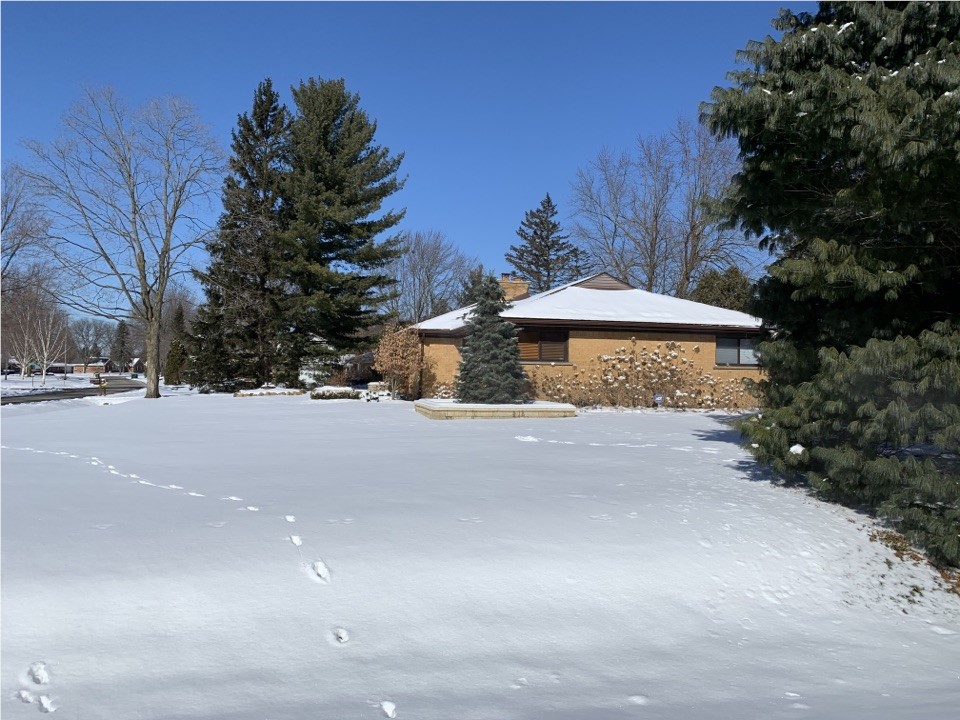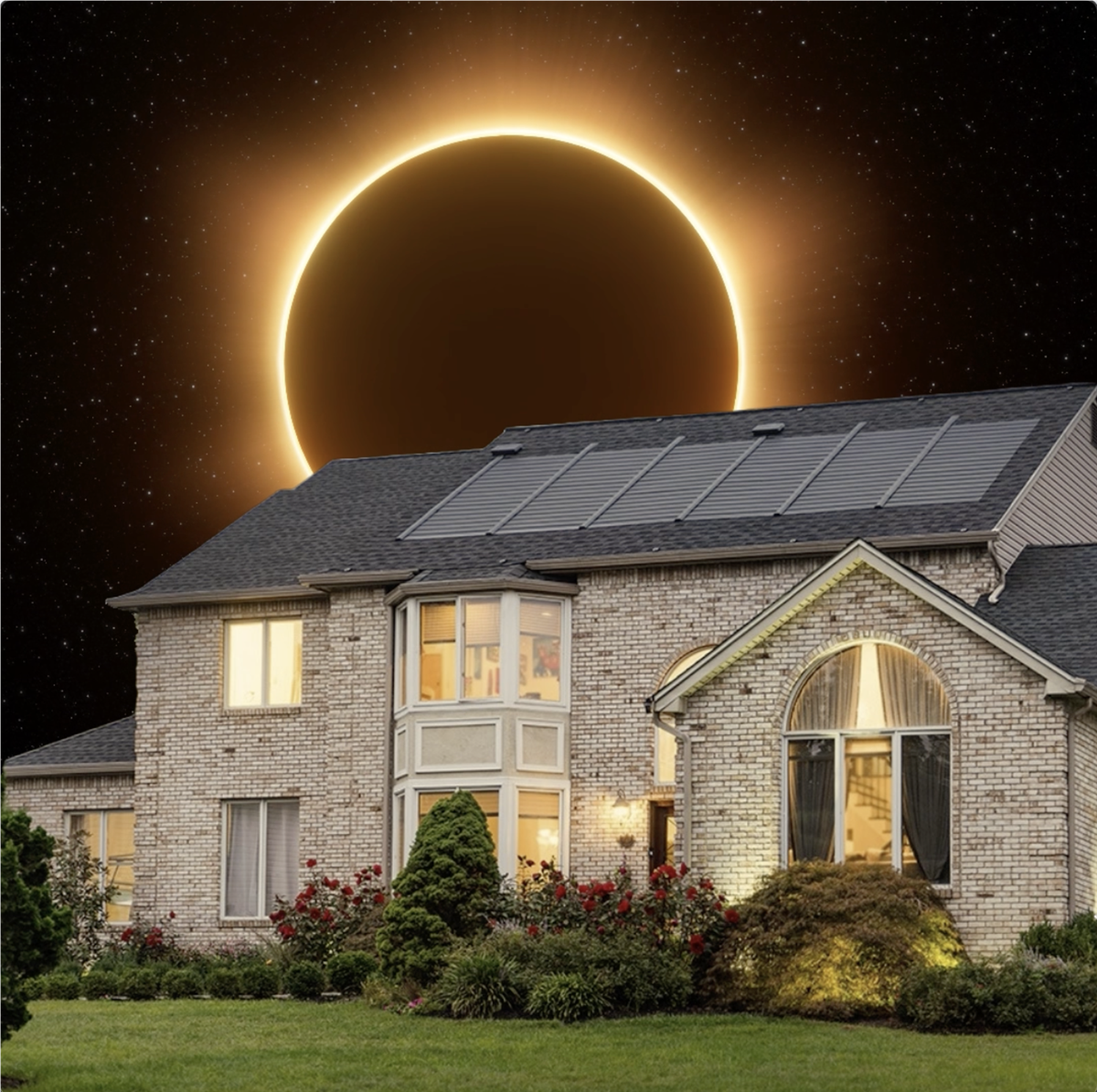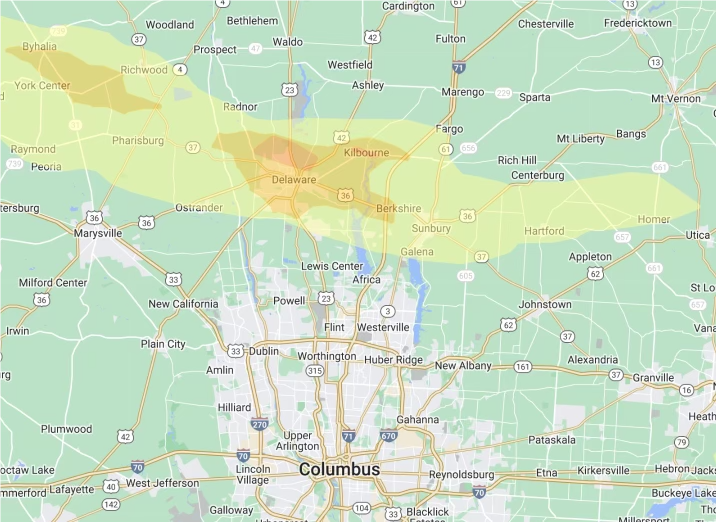
Snow and ice happen in all the markets that Feazel serves. Not all areas get heavy snow, but it can be on the homeowner's mind. Areas like our Cleveland office deal with far more snow than our Raleigh office but the question remains “How much snow is too much snow for my roof?” Read on and the roofing experts at Feazel will go in-depth with snow accumulation and more.
Are Shingles Good in the Snow?
Shingles are a great low-cost roofing material. A higher quality shingle will have a higher wind rating for those climates that have strong snowstorms and blowing wind.
With a shingled roof, there are local codes that require the usage of ice and water shields to protect the areas of your roof that are prone to spring a water leak. The ice and water shield helps lower water penetration and keep your home safe and dry.
Proper roof ventilation will help reduce the formation of ice dams on your roof.
Snow Load on a Roof
There are many factors when it comes to snow accumulation on your roof.
First, what type of snow is falling on your roof?
Is it fluffy snow or heavy packed snow? These types of snow have wildly different weights. Heavy and wet snow vs light and fluffy is due to the temperature and moisture in the air.
Wet snow occurs when there is high humidity, and the temperature is closer to freezing. Fluffier snow tends to happen when the temperature is very low.
We’ve all seen heavy, wet snow weighing down branches of trees. Have you experienced the cumbersome experience of shoveling heavy, wet snow? It weighs a lot! Now imagine it on your roof.
A light snow will blow and drift all over the place.
The two different types of snow have drastically different weights and we will discuss the weights below.
Second, what pitch is your roof?
Pitch is the measurement of how many inches the roof rises for every 12 inches in depth. It is also known as the slope. For instance, a roof has a 6/12 pitch rises 6” for every 12” inwards toward the peak.
A pitched roof helps shed snow off your roof. The higher the pitch, the easier snow falls off your roof. Gravity will help a sloped roof move larger snow loads off the roof and ease the weight of the snow. A flat roof will collect snow.
How Much Does a Square Foot of Snow Weigh?
Weight of the snow will vary depending on what type of snow has accumulated.
A light and fluffy snow weighs roughly 4 pounds per square foot.
A wet and heavy snow weighs nearly 13 pounds per square foot.
That’s a pretty big difference! But what can your roof support?
The standard roof can support around 20 pounds per square foot.
Heavy Snow Roof Collapse
So, you’ve just had a snowstorm, what to do next?
Don’t panic.
The amount of snow that is required to cause a roof to collapse is sizable. According to the IBHS, 4 feet of fresh snow will start to cause stress to the roof of your home. Two feet of old snow will cause roof stress.
Feazel does not recommend that you get on your roof to remove snow. There are preventative measures that you can take to safely melt or remove snow that do not involve using a ladder and accessing a snowy roof. If a snow issue has already occurred on your roof, contact a professional for assistance.
Heavy Snow Roof Leak
Frequently melting snow can create a roof leak, but your roof may not leak when it rains. Pretty confusing! This is due to the formation of an ice dam. Ice dam formation has to do with inadequate ventilation in the attic of your home.
An ice dam forms when melted water freezes and backs up under your shingles and creates a leak. A leak may be found around exterior walls or on the ceiling of your home. Gutter heat cables can act as a temporary solution for the formation of ice dams.
What Do Gutter Heat Cables Do?
Gutter heat cables help melt snow and ice that has accumulated in your gutters and downspouts. Heat cables are electric cables that mount on part of your roof and gutters. These are proactive ways to help prevent ice dams.
Getting heat cables on your roof and gutters isn’t a spur of the moment project. It takes advanced planning and, at least, one trip to the home improvement store.
How To Install Gutter Heat Cables
Is it even a project if you haven’t made multiple trips to the home improvement store? Don’t answer that but first, be sure to read the manufacturer installation procedures before ascending the ladder. If you do not like heights, or have a tall home, contact a professional to install heat cables.
What you will need:
Ladder
Tape measure
UL-listed heat cable
Roof clips
Access to a GFCI exterior outlet
- Take measurements of the area in which you are installing gutter heat cables. They come in different lengths.
- Secure your outdoor electrical source that is NOT an extension cord. Your outdoor outlets should be GFCI to ensure that your electricity will trip in the case of water exposure.
- Using the proper product for gutter heat cables is of paramount importance. Your de icing cables need to be UL-listed. Have you been using the same cable for 5 years or more? Time to get a replacement. Remember, these cables are exposed to cold and water and will become brittle over the course of time.
- Route the cable starting at your outdoor outlet, male end first. You do not want to install all your gutter cables only to find that you have installed them backwards.
- Clip your heat cable slightly higher than the exterior wall. The reason that you want to put it higher than the exterior wall is to ensure that cable covers the roof overhang entirely.
- Run the cable back toward the gutter and clip using an eave clip on the bottom shingle. Your cable should create a loop that drops partially into the gutter.
- Run your heat cable back up in a zig zag pattern to create a triangle shape that is about 15” across from nearest clipped shingle.
- Once you have finished your roofline, lay your heat cable into the bottom of your gutters and then feed the loop into the downspouts and work it back up toward the outlet. Plug them in and make sure they are working!
When to Turn on Gutter Heating Cables
Is there accumulating snow in the forecast?
The best time to fire up your regulating heating cable is anywhere from one hour to two hours before the snow starts falling. This gives your roof and gutters plenty of time to warm up and melt any snow that falls on them.
Don’t sweat it if you miss getting them turned on early though. Using gutter cables will still melt snow and ice and prevent the formation of ice dams.
Is Your Roof Leaking in the Snow? Call Feazel for an Inspection!
Feazel serves several markets throughout the Midwest and North Carolina. Our team of roofing experts would be happy to provide a solution to leaks caused by ice dams. Contact us today for a free inspection!
Tags
Subscribe to Feazel's Blog




Comments